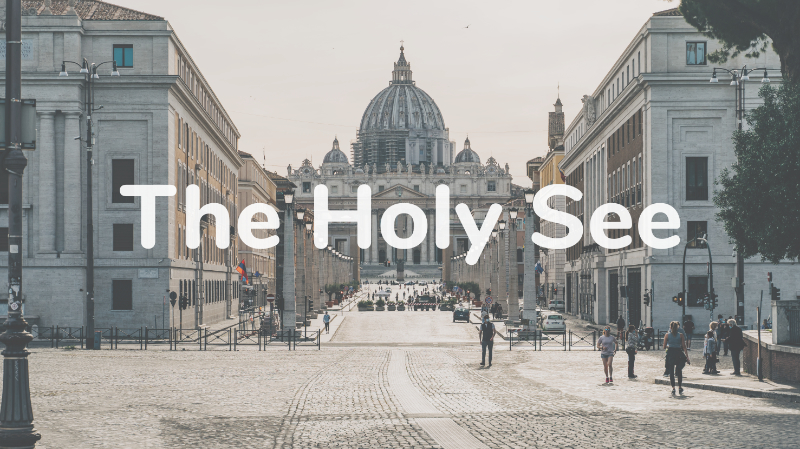Resources with links:
- The official website of the Holy See: http://www.vatican.va/content/vatican/en.html
- The Pontifical Academy for Life’s working document on artificial intelligence: http://www.academyforlife.va/content/pav/en/projects/artificial-intelligence/working-document.html
- The Dicastery for Communication’s website: http://www.communications.va/en/home.html
- The Vatican’s YouTube channel: https://www.youtube.com/vatican
- The Vatican Library’s digital archive: http://digi.vatlib.it/
- The website of the Vatican Observatory: http://www.vaticanobservatory.va/content/specolavaticana/en.html
Notable technologists from Holy See throughout history:
- Father Roberto Busa, an Italian Jesuit and pioneer of computer-aided textual analysis, is often credited with creating the first computerized concordance of the works of St. Thomas Aquinas. He founded the Index Thomisticus project in the 1940s, which aimed to create a searchable database of Aquinas’s works.
- Father Georges Lemaître, a Belgian priest and physicist, is credited with developing the theory of the expansion of the universe and proposing what is now known as the Big Bang theory. He was also the first to propose the idea of the Hubble constant, which measures the rate at which the universe is expanding.
- Father Angelo Secchi, an Italian Jesuit and astronomer, is known for his work in solar physics and spectroscopy. He was the first to classify stars according to their spectra, and he also discovered the existence of solar prominences.
- Father Francesco Faà di Bruno, an Italian mathematician and priest, is credited with developing a mathematical technique for solving differential equations that is now known as the Faà di Bruno formula. He was also a social activist who worked to improve the lives of the poor in Italy.
- Father Nicolas Steno, a Danish Catholic bishop and scientist, is often considered the father of geology. He developed the principle of superposition, which states that in undisturbed layers of rock, the oldest layers are at the bottom and the youngest are at the top. He was also the first to recognize the geological significance of fossils.
These notable technologists from Holy See throughout history are just a few examples of the important contributions that the Catholic Church has made to science and technology over the years.
Claim this Dojo

